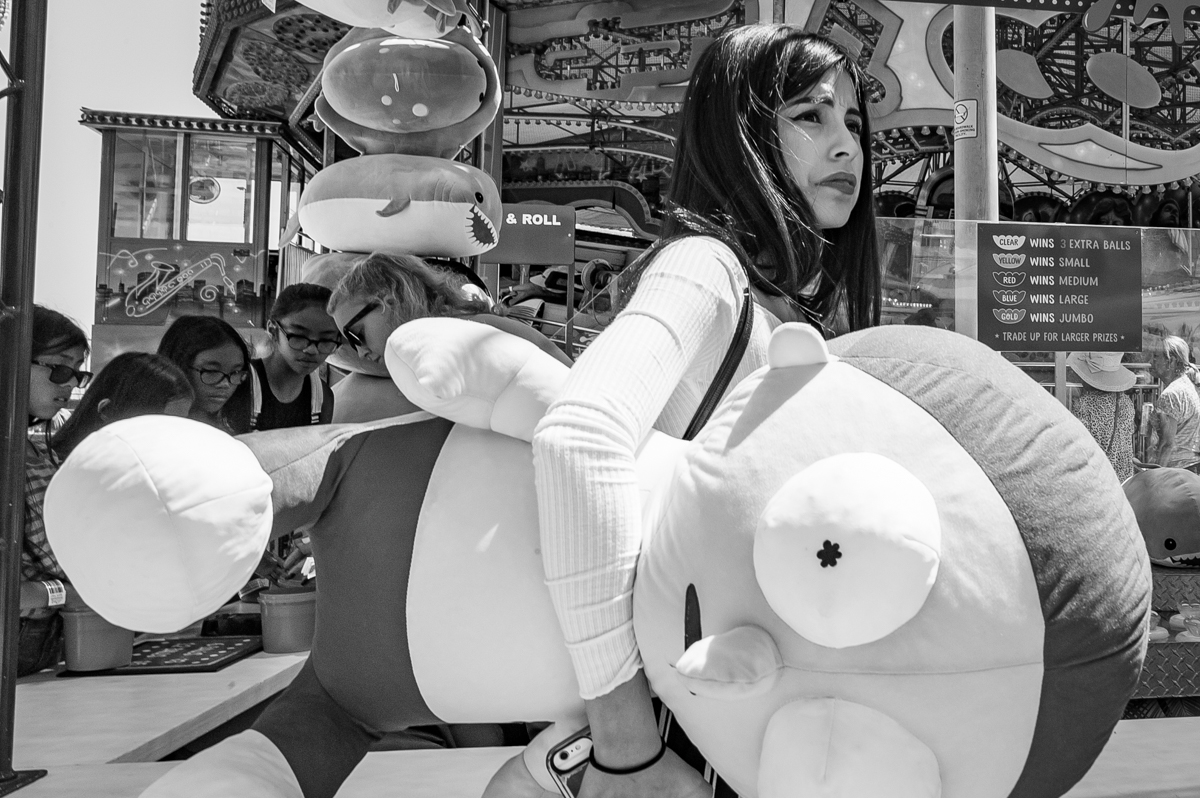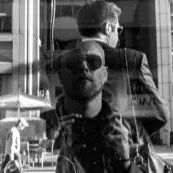Researching My Art Education
I am proposing exploring the decision making process around planning my SAIC courses, and thereby the direction I intend to take my art practice for at least the next 4-5 years.
Problem
I was admitted to the school based on my street photography portfolio, however during lockdown I started to question my long term interest in photography as a medium. I realized I was deeply interested in taking a more direct role in shaping the entirety of my work. Despite having developed a signature style, I did not feel I could exert enough of my voice simply capturing real world people and scenes.




Solution
SAIC’s interdisciplinary program is an opportunity for me to recalibrate. My solution became to:
- Find a new desired medium and direction for my practice.
- Choose SAIC courses that support that practice.
- Map courses on to timeline and required courses to verify viability of graduating.
Research
Finding a new Medium
In looking for a new practice, I would need to explore mediums outside of photography. I had previous experience drawing, and so was able to contrast that to photography and think about the two mediums. I realized that I loved the open ended possibilities of drawing, but I also highly valued the curatorial nature of photography. When I drew and hit a dead end I felt frustrated, like I had wasted work. When I took photographs, I could try the same subject from multiple angles. With this in mind I decided to try some new mediums.
Observational Research
I tried sketching and painting, but was frustrated. It felt too much like work to get where I wanted to go.
I tried sculpting in clay, more natural to way I think. It was quite satisfying, but slow.
I tried 3d sculpting software and found myself excited, looked forward to it, getting lost in it.
It solved two issues, I could change things after I made them, and I could move them around to recompose.
It did introduce a new issue, however, I still prefer the look of painting over 3D rendering.
Research via Searching
I googled and found two solutions. Painting over a render, and non-photorealistic rendering.
Research via Creation
I tried my hand at using Rebelle 4 demo to digitally paint over a 3D model that I created in a free version of ZBrush. While hardly awe inspiring results, each step took under an hour and gave me the confidence that I could continue to refine my skills and produce what I was hoping to (tacit knowledge).

Other Considerations
At this time I was also thinking about a fully digital vs a hybrid digital-analog workflow. I still wanted to try both.
I think there is a strong likelihood that online will be where I primarily display my work, and given my background with websites shoring up a weakness with graphic design seems prudent.
Medium Findings:
- 3D Sculpture
- Digital Painting
- Analog Painting
- Graphic Design
Choosing Courses: Research via Searching
To this end I studied the entire SAIC course catalog, by department, for any classes that might advance these skills, as well as frankly several that just sounded cool.

I wound up with nearly two undergraduate degrees worth of classes. I needed to narrow the list. I decided to eliminate anything that would not directly be useful to my practice, but I still had a few too many directions I might go. I needed to have a more concrete idea of what my finished pieces might be.
Narrowing the List: Observational Research
While I had used research to narrow the mediums I was most interested in, I had not yet done the same with subject matter. It occured to me that this might be a good way to refine my list. As I had looked through classes the course descriptions discussed things beyond medium but to art movements, goals and artistic purposes, voice and subject. I decided to research other artists for inspiration in this regard.
Venues for this research included the Art Talk podcast, Instagram, art books and the SAIC online collection.
Subject Findings:
- Representational
- Figurative
- Elements of Memory, Nostalgia
- Strong sense of place (architecture + landscape)
- Open to interpretation, more questions than answers
This gave me the final criteria I needed to analyze each of the course descriptions and make the final cuts to classes that did not advance this goal.
Research via Recording
To document all of the classes, I created a spreadsheet and mapped the course, department, prerequisites and what skill or interest it would move me towards. This helped me to see which departments I would be focused on. Looking at prerequisites added classes, which caused me to make a final few cuts.
Department Findings:
- Visual Communication
- Architecture
- Painting and Drawing
- Film,Video,New Media
I spread the classes in order of prerequisites, and interleaved departments so I was advancing as many in parallel as possible and would not end up having to push past my desired graduation date. I now have a solid plan in place when it comes time to sign up for classes each semester. I of course acknowledge things could change over time, but as of today this is where my plans stand.
Final Results:

